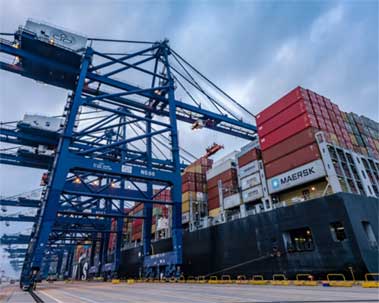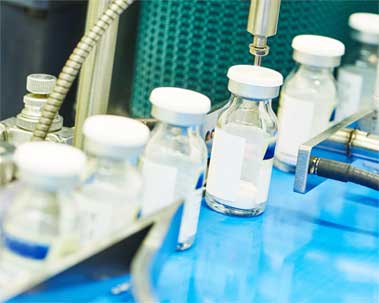A pump is a device that moves liquid or gas by mechanical action. In order for the pump to work, it needs to be completely sealed to avoid leakage. In the past, pumps were sealed with rings, but rings did not work well in protecting equipment from leakage. Nowadays, most pumps are sealed by mechanical pump seals, which are more advantageous in preventing leakage.
The main problem solved by seals is leakage. The most obvious advantage of seals is that they enable the pump to operate without leakage. The following are the advantages of mechanical pump seals.
• Reduce fluid loss in the machine, which means better savings in maintenance due to pump failure. Moreover, they reduce the number of hazards that could put the life of pump operators at risk. Less leakage means less falls and slips due to wet floors. If the pump is filled with toxic chemicals, it can also reduce the possibility of harmful emissions.
• The pump is still leaking, but no leakage can be seen. Under normal operating procedures, experts estimate about half a teaspoon of "healthy" and acceptable leakage per day. Most machines will recapture the lost air and condense it.
• The seal has a built-in spring, which can adapt to different wearing surfaces. This reduces the daily maintenance required for optimum seal operation.
How does the seal in the pump work?
The mechanical seal is an impermeable fitting between the fixed part of the rotating equipment and the shaft, so it is usually used in the pump. It is important to emphasize the water tightness of the pump. This can be achieved by using a fine fluid or film located between two friction surfaces to prevent the passage of the remaining fluid. The film also acts as a lubricant, thereby reducing wear between the two overlapping surfaces. With mechanical seal, the pump can work naturally without any leakage.
 English
English français
français Deutsch
Deutsch Español
Español italiano
italiano русский
русский português
português العربية
العربية ไทย
ไทย čeština
čeština Polska
Polska


